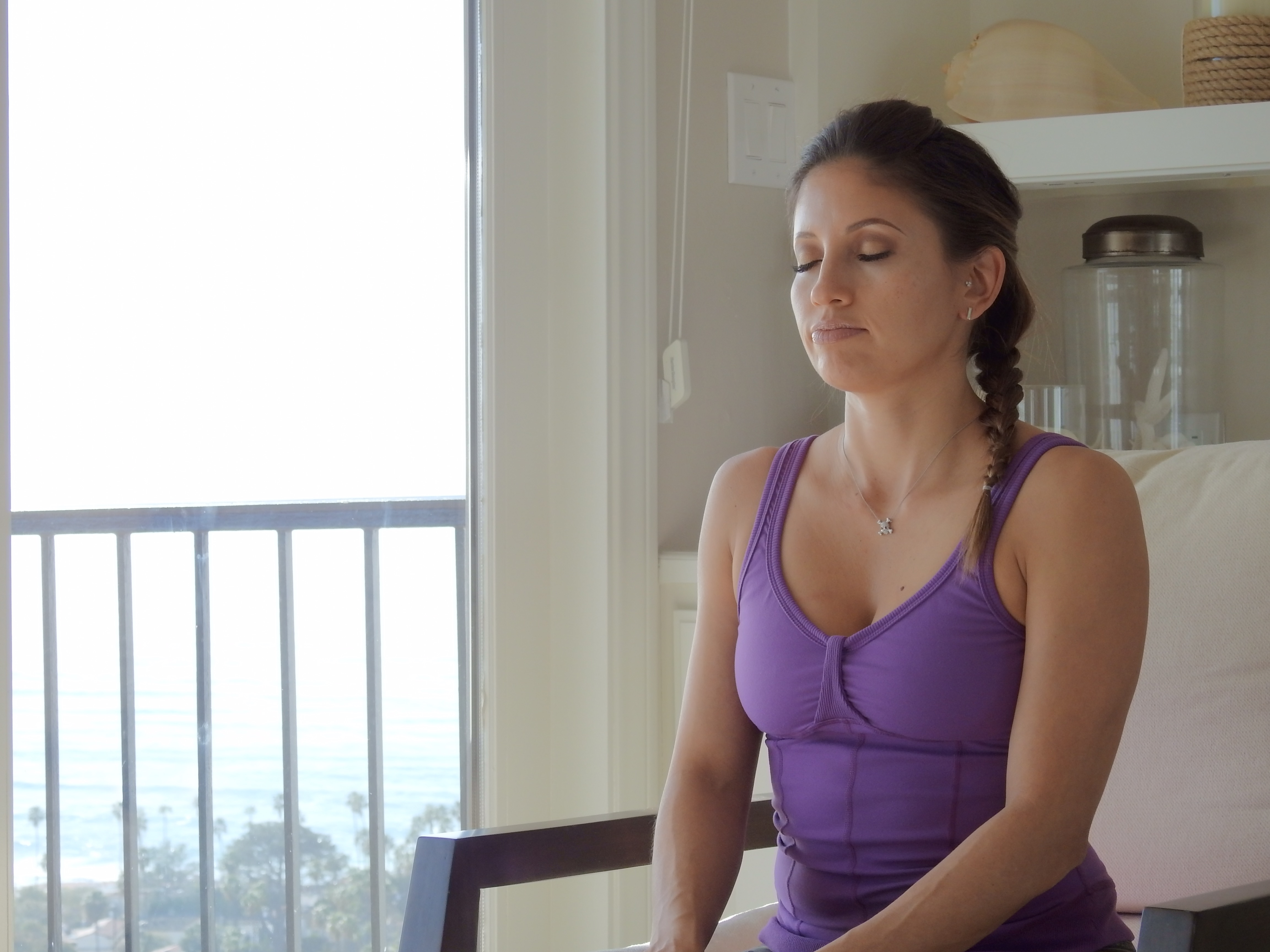Meditation is What You Are
Everyone wants to be happy, but it seems like we all look for it in the wrong places. We buy things, we achieve things, we consume mind-altering substances, and expect those around us to do things that “make us happy.” It might seem as though getting married or buying a new car might bring us happiness, and it might temporarily make us feel that way, but it hardly ever lasts. True happiness can only be found internally, and no one else can do the work for you. One of the simplest ways to start working on cultivating deep feelings of contentment is to adopt a daily meditation practice. Doing yoga, whether you go to group classes or practice yoga online is a great simple way to begin. “Meditation is what you are. It is our natural state of being. It is that constant silence in the presence of sound. It is that constant stillness in the presence of movement. It is that background in the presence of thoughts that arises from moment to moment. It is the unchangeable in the presence of change.”
Universal consciousness is mysteriously entangled with an ego that says “this is me” and “that is you.” This separation creates fear, anxiety, and hate. So, how do we stop this flow of thoughts? And why yoga? Meditation is the 7th limb of yoga and through its practice we begin to see that most of our problems are places of non-understanding, and that what is truly here is an indivisible whole or oneness. Having this state of consciousness creates joy, bliss, peace, and freedom. This type of liberation can be experienced through meditation and yoga, where each individual comes to understand the mind. It doesn’t hurt that meditation has also been proven to calm the nervous system, lower blood pressure, and relieve stress.
Meditation is the essential and culminating practice of yoga. We are all consciously or unconsciously seeking peace of mind and happiness. The mind is like a monkey jumping from thought to thought with no apparent order. It rarely receives any attention, discipline, or concentration. If we bring attention to the mind by sitting quietly and focusing on internal objects like the breath, or a mantra, we can learn to become “masters of the mind.” In meditation the body, breath, senses and ego are all integrated into the “universal spirit.” We remain in a state of non-dual consciousness, or supreme bliss.

Guidelines for Meditation
- Sit on a pillow or bolster with your back against a wall. Place a pillow under the knees and another at the low back to ensure comfort.
- Have a watch on your wrist
- Close your eyes gently and take a few deep breaths
- Allow the mind to have thoughts. Forcing the mind to not think simply ends with more thoughts.
- Rest the awareness on the space between the thoughts and let the thoughts pass as if they are clouds in the sky
- If thoughts are racing, introduce a mantra such as “om namah” and repeat it loosely when needed to calm and focus the mind
- When you think it’s been about 20 minutes, open one eye and look at your watch. If it has been 20 minutes slide yourself onto your back and rest there for another 5 minutes to complete the meditation. If it has not yet been 20 minutes, close your eyes again and repeat until you’ve completed the full amount of time.
- If you start falling asleep halfway through meditation just lie down and sleep. It means the body is desperately craving rest, so allow it to rest for as long as it needs to and try meditating again later.
- Meditate twice a day. Once in the morning and once in the afternoon/early evening. It’s not recommended to meditate after 7pm since the body will be too tired and the mind sluggish.
Online Yoga Videos for Meditation
Try these two classes to help you connect the breath with simple movements. This has a calming effect on the nervous system and it will help you prepare the mind for seated

Leave a Reply
You must be logged in to post a comment.